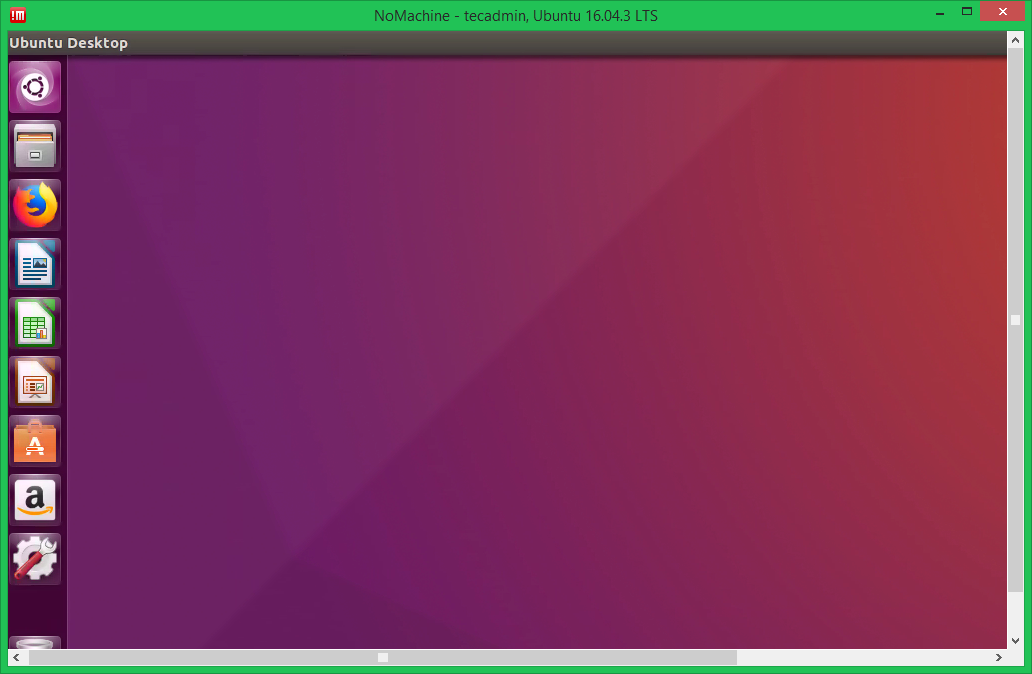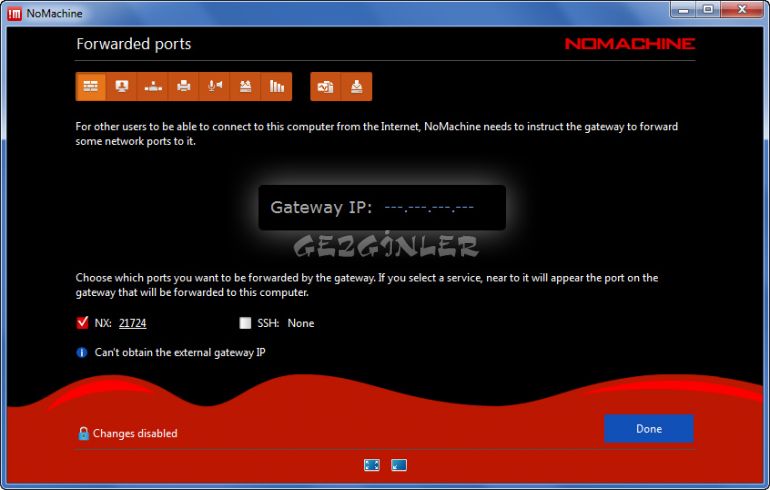

I am reporting here the procedure to quickly get a MacOS M1 cloud service up and running for testing jmonkey applications without too much hassle. This guide focus on Apple Silicon M1 instances, but can be replicated on x86_64 1.


Finding the right cloud providerįirstly you are going to need to find a place where you can rent your cloud server. We are going to need ssh, root and vnc access. It is located in Paris, so people outside europe might want to find a local provider that has lower latency. These instances usually come with VNC enabled by default. If you rented from Scaleway, you can get all those infos from the instance dashboard that should look something like this Now we can start with the server: spawn a new instance on the provider you’ve found before and then collect the following access infos: Spawn an instance and get access credentials NoMachine Enterprise Client: Client onlyģ.NoMachine (community edition) : Client+Server single app.So for start you are going to need to install the client (that we will use later) in your local machine, you can use one of the following links: However I’ve found VNC performances to be pretty bad, especially for realtime applications, so we are going to replace it with a much better alternative called NoMachine that has nearly-local performances (tested on a 100Mb connection) and sound support. Note: VNCPassword is also the user account password and the ssh user m1 is also the user account name 4. If you are on linux chances are that you have already an ssh client installed, so you can just call Homebrew Package Manager : It will make software installation easierĮval "$(/opt/homebrew/bin/brew shellenv)".To have a working jme dev environment we are going to need the following software: Install the required software on the server instance On windows you can use something like PuTTY, if you have never done that before you can follow this guide: (it’s the same for other providers).


 0 kommentar(er)
0 kommentar(er)
